This Halloween, instead of donning a goblin or ghoul costume, why not dress up as one of these loveable but lethal animals?
Northern Shrike
The Northern Shrike is a North American songbird – sounds pretty harmless, right? Not if you’re one of the insects or small birds or mammals that it feeds on. These formidable predators perch atop tall trees or telephone poles to scan for prey, such as grasshoppers, frogs, mice and even other birds. Once securing its next meal, the Northern Shrike typically kills its prey by impaling it on sharp thorns or barbed wire fences. No wonder its Latin name, Lanius excubitor, translates to “Butcher watchman.”
Leatherback Sea Turtle
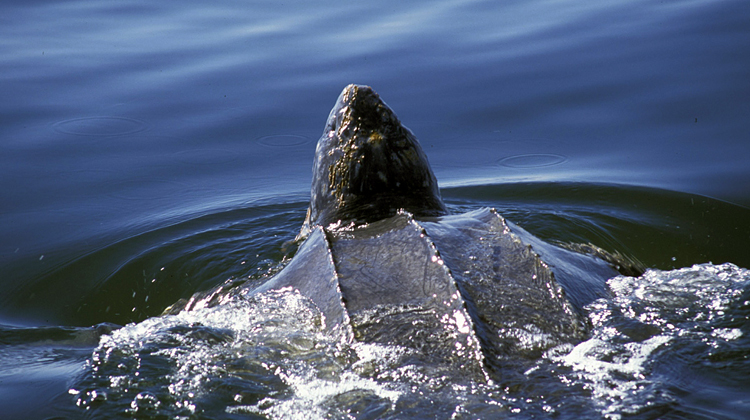
The Leatherback Sea Turtle is the largest species of turtle and one of the largest reptiles in the world. Its upper shell can grow to more than two metres in length and its entire body can weigh more than 900 kilograms! Another impressive feature? The sharp spines lining its throat. The Leatherback Sea Turtle lacks the strong jaws and teeth necessary to eat hard-bodied prey, so instead it feeds on soft-bodied prey, such as jellyfish. When the Leatherback Sea Turtle is swallowing a jellyfish, the sharp spines lining its throat tear the jellyfish to pieces.
Polar Bear
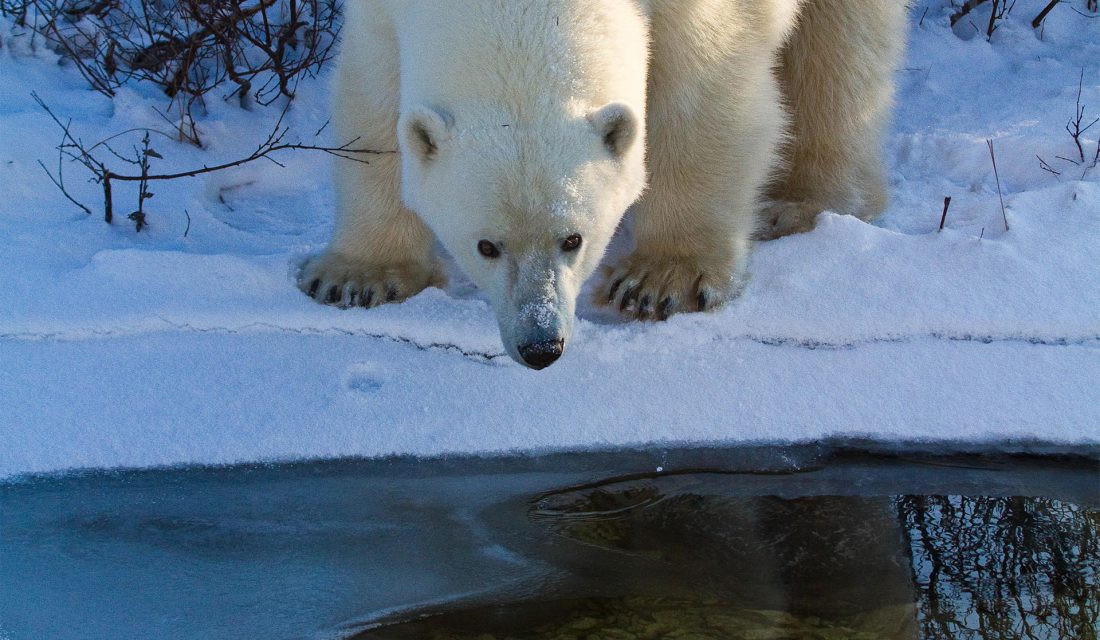
Polar Bears are an iconic and beloved Canadian species – unless you’re a seal. As Canada’s largest land carnivore, Polar Bears greatly outsize their prey. They often feed on seal pups by entering their birth lairs, killing them and eating their skin and fat. A Polar Bear will also wait by a seal’s breathing hole in the sea ice, dragging it from the water as soon as it surfaces for air and swiftly killing it.
Cougar
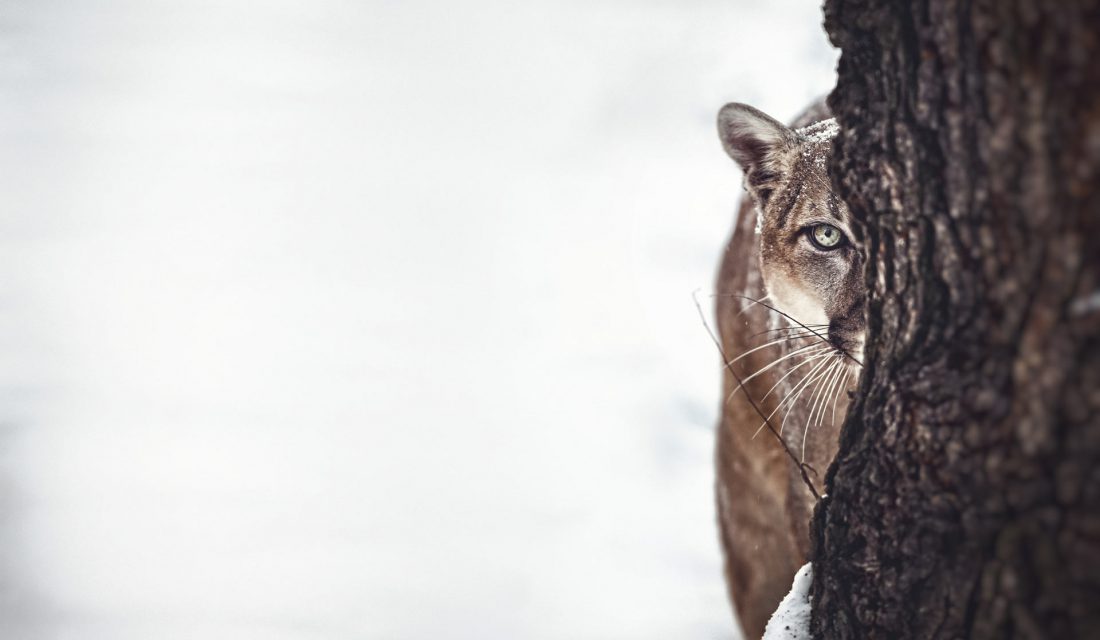
Cougars are one of the largest and most powerful felines in the Americas. Stealthy and solitary, Cougars prey on an array of mammals, including deer, elk, mountain goats, wild sheep, coyotes and rabbits. And they’re not subtle about it, either! Cougars suffocate their prey by biting their throats and crushing their windpipes, sometimes breaking the necks of smaller animals.
Wolverine
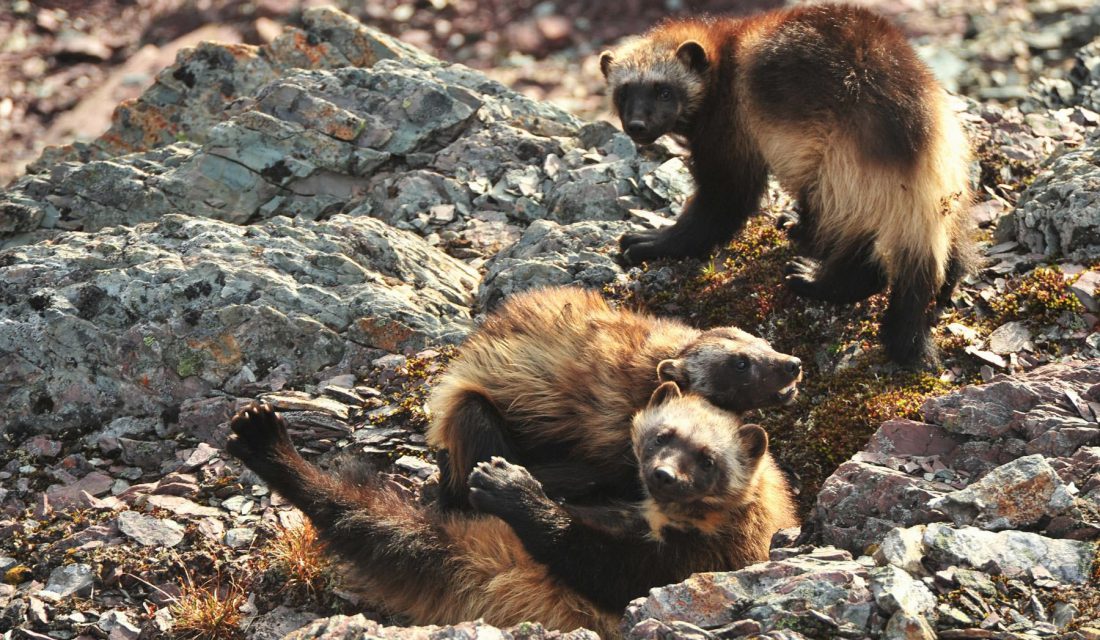
Wolverines are small but mighty. Despite being similar in weight to a medium-sized dog, they are capable of attacking much larger animals, including moose, and defending their food from fierce predators, including bears. Sometimes, wolverines let others do the hard work, feeding on the leftovers from another animal’s kill. Not only are they capable of dragging large carcasses for considerable distances, they also have strong jaws and necks that can crunch through frozen muscle and bone, all the way down to the marrow.
Looks can be deceiving! Many animals look cute enough to cuddle – but never underestimate their clever, creative and sometimes violent survival methods.

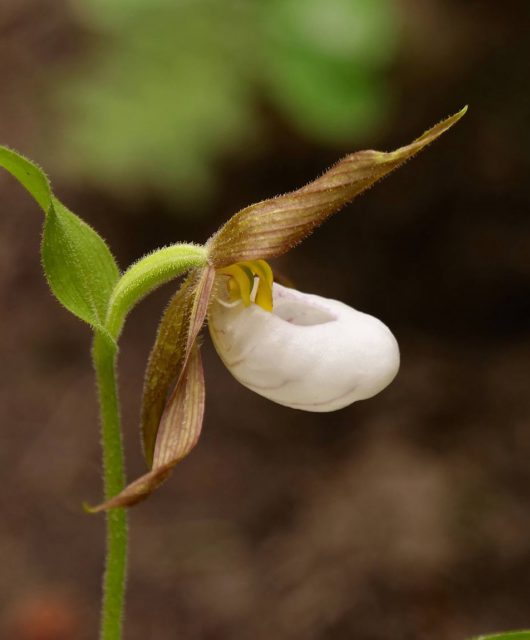

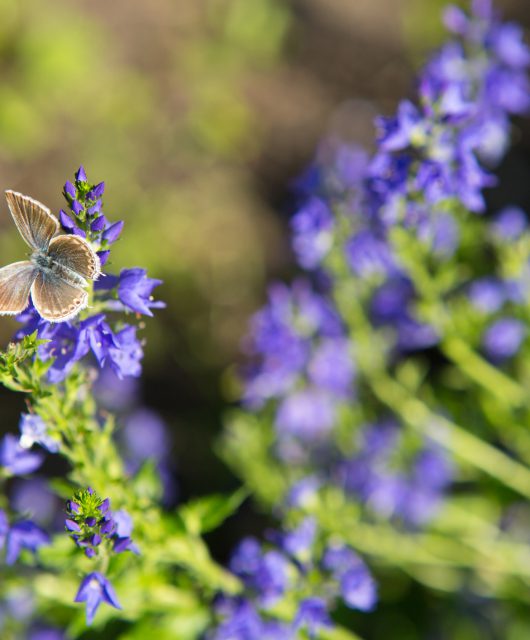
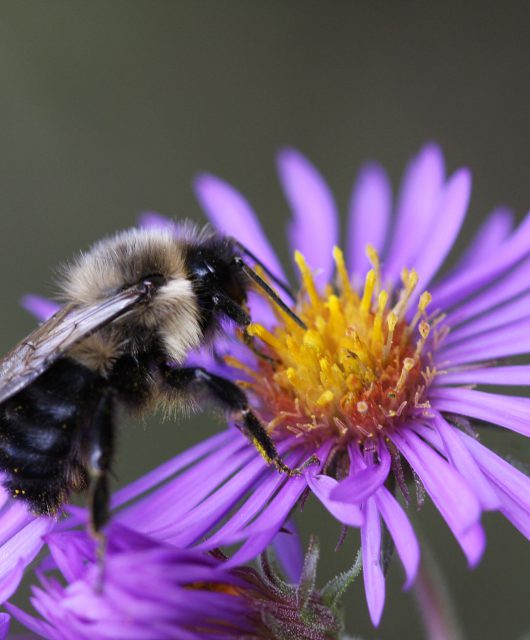
3 comments
You’re work is absolutely awesome. Thank you for championing nature in Canada! Very important work, I will donate when I get busy again!
What was the point of the article « Cute but deadly animals » ?
If you want people to be on board for saving wildlife, stop portraying animals as monsters!
Thank you for writing in. We certainly don’t want to portray wildlife as monsters. They’re not. They’re wild beings and part of being wild is the act of hunting. Much of the time people consider deadly animals as carnivores like wolves, sharks, etc. However, this can be a misconception as there are many different carnivores in the animal kingdom. This article was certainly not intended to villainize any animal but to explore the carnivorous aspects to some species.